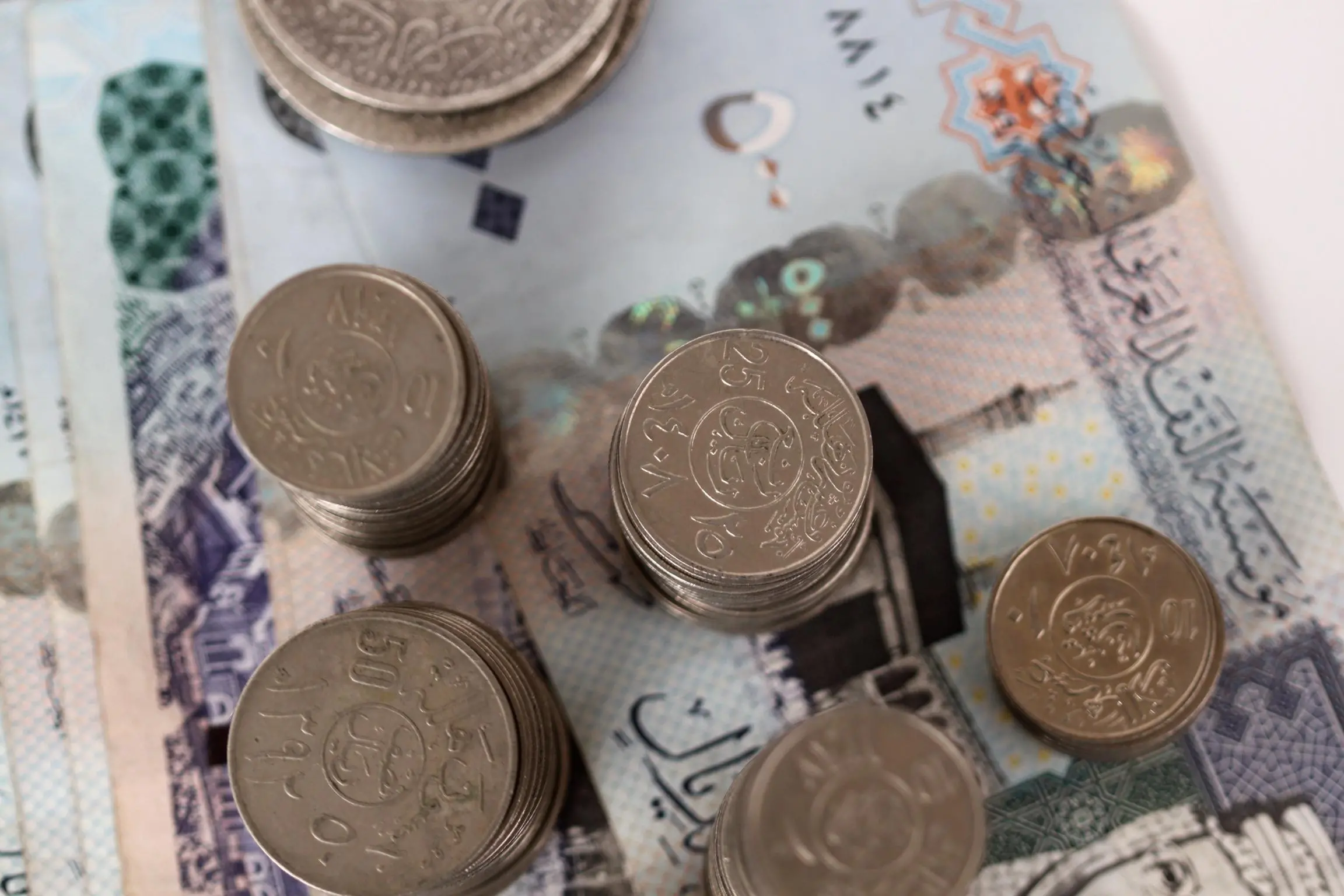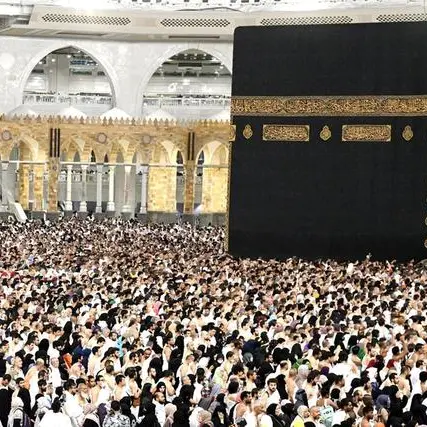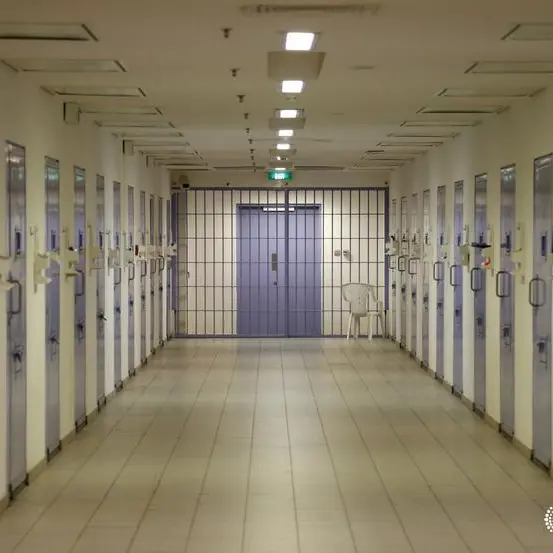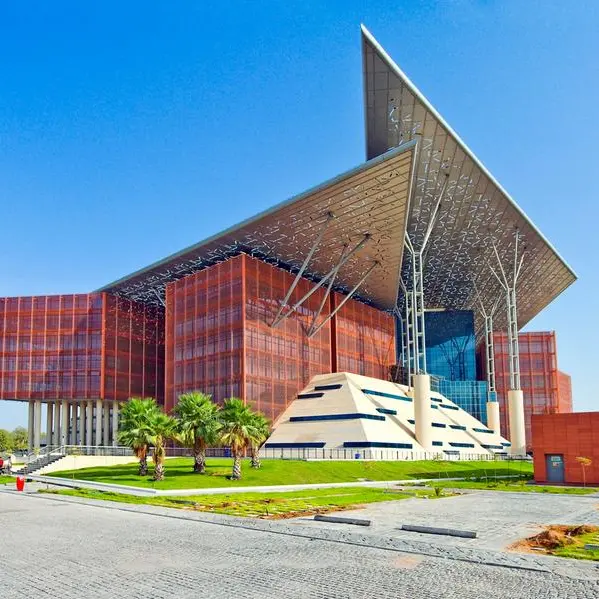PHOTO
As Saudi Arabia rolls out its long-awaited new bankruptcy law, foreign and local investors expect a more reliable legal framework that reduces the risks of doing business in the kingdom and improves its appeal among global investors, opening up the prospect of greater economic activity, analysts have said.
The new law primarily aims to allow a bankrupt debtor to resume activity, with adequate consideration of the rights of creditors as well as raising the kingdom's worldwide ranking in the settlement of bankruptcies, according to the Saudi Ministry of Commerce and Investment. (Read more here).
In the World Bank’s Ease of Doing Business ratings for 2018, Saudi Arabia was ranked at 168th position (out of 190 countries) regarding settlement of bankruptcy cases. The issuance of the new bankruptcy law, however, is expected to enhance the kingdom’s standing in this index and draw more investors.
Saudi Arabia’s neighbour, the United Arab Emirates, passed its bankruptcy law in 2016. It came into effect last year with the aim of reducing the risk of doing business in the country - in some cases by sparing businessmen jail time for failure to repay debt.
“Bankruptcy law is meant to support confidence and to smooth up possible new investments needed to support the long list of giga-projects and expected IPOs,” Cyril Widdershoven, an economics and energy partner at Verocy, a consultancy firm advising on investment risks in the Middle East, told Zawya by email.
Saudi Arabia has embarked on an ambitious economic overhaul plan that aims to diversify the state’s sources of revenues and launched major projects, including the $500 billion ‘NEOM’ business zone that is planned to be more than 33 times the size of New York City. (Read more here).
“There was a need for a new, up-to-date bankruptcy law as international investors have been worried about the problems related to recuperating funds and investments when involved with a Saudi entity over the past years. Until now, it was almost impossible to have a discussion on assets involved in a bankruptcy in Saudi Arabia,” Widdershoven said.
A regulated schedule for payments with regards to debt-ridden companies or entities being declared insolvent is now being put in place. It is a mix between US (Chapter 11) and European bankruptcy provisions, and Widdershoven said that it will allow involvement from all parties with an interest in the process.
“It is also a major step forward to increase confidence in Saudi Arabia for investors and operators, all in line with the Vision 2030 drive, and not to be forgotten the MSCI Emerging Market Index Listing,” he added.
Saudi Arabia’s stock market, the Arab world’s largest bourse, has been placed by global index compiler MSCI on a ‘watch list’ for the latter’s emerging market index, with a decision on its inclusion due to be made in June this year. A positive outcome would lead to an inflow of much needed- foreign funds into the kingdom, the market’s chairperson said recently at US think tank Milken Institute’s MENA Summit in Abu Dhabi. (Read more here).
Opening opportunities
“The adoption of the bankruptcy law is part of the development of the country’s economy and will open up opportunities for new projects to gain access to, and participate in, the market effectively while avoiding any loss that may result from the restructuring of the economy,” Faisal Al Olayan, a Riyadh-based independent economic consultant told Zawya by email.
“The bankruptcy law aims at enabling the debtor to recover and resume activity and also takes into account the rights of creditors. The current law in the kingdom does not include an easy way to liquidate the company's activities,” he added.
Prior to the new bankruptcy law, there was very little statute governing the process of declaring bankruptcy, the treatment of creditors and their claims, or the rights and obligations of insolvent parties, according to Jonathan G. Burns, a Saudi-based associate at law firm Dentons.
He said that the existing statute was highly reflective of traditional Islamic principles and cultural issues unique to the region, which largely seek to bring disputing parties together in an amicable agreement without forcing a judicially-imposed settlement against either party's will.
“Formal judicial insolvency and bankruptcy proceedings have been fairly uncommon occurrences in Saudi Arabia and financially distressed parties and their creditors generally seek to work out their disputes and settlements on a private, one-to-one basis,” Burns told Zawya by email.
The previous statute that applied comprised the bankruptcy-related portions of the 1930 Commercial Court Law, as well as the 1996 Bankruptcy Preventive Settlement Law.
“Both laws provided for what can be described as a basic, ill-defined, and ‘toothless’ bankruptcy process – in essence it required the cooperation of all parties involved,” said Burns. “With the economic boom in Saudi Arabia that most could not have foreseen, the stakes have gotten higher and thus cooperation can be more difficult to achieve in this environment.”
Long-running disputes
The absence of a proper bankruptcy law in the kingdom has caused several debt disputes to drag on, such as the case involving local conglomerate Ahmad Hamad Algosaibi and Brothers (AHAB) and another company, Saad Group. They defaulted on debts in 2009, leading to an unresolved $22 billion of debt owed to creditors.
The founder of one law firm in Saudi Arabia, who asked not to be named in this article, said that the lack of a formal bankruptcy system meant that restructuring companies often presented financial hurdles that were too difficult to overcome.
“Liquidation was the only solution when the debt exceeded the value of the assets, which ends the work of the investor completely, though it could have been resolved by (methods other than) liquidation and balance between the rights of creditors and debtors,” the law firm founder said.
The new Saudi bankruptcy law gives more clarity and transparency, and presents a higher chance of a business resuming activity under the supervision of specialist insolvency experts, he added, without disruption to creditors’ rights.
Burns said that “enacting a more robust bankruptcy statute has added a level of certainty to the legal environment in Saudi, and clients and companies investing and doing business in Saudi Arabia will feel more comfortable doing so”.
The new bankruptcy law actually began life back in early 2015 when the Ministry of Commerce and Investment (MOCI) released a policy paper for public comment entitled "General Policies of Bankruptcy" – which suggested implementing a general legal and procedural framework for bankruptcy and insolvency procedures in Saudi Arabia in line with international best practices. The law has been derived from existing frameworks in the Czech Republic, England and Wales, France, Germany, Japan, Singapore, and the United States, Burns noted.
The kingdom’s Shoura Council approved a draft of the bankruptcy law, which contains 231 articles in 17 chapters, in December last year.
(Reporting by Nada Al Rifai; Editing by Michael Fahy)
(nada.rifai@thomsonreuters.com).
Our Standards: The Thomson Reuters Trust Principles
Disclaimer: This article is provided for informational purposes only. The content does not provide tax, legal or investment advice or opinion regarding the suitability, value or profitability of any particular security, portfolio or investment strategy. Read our full disclaimer policy here.
© ZAWYA 2018











